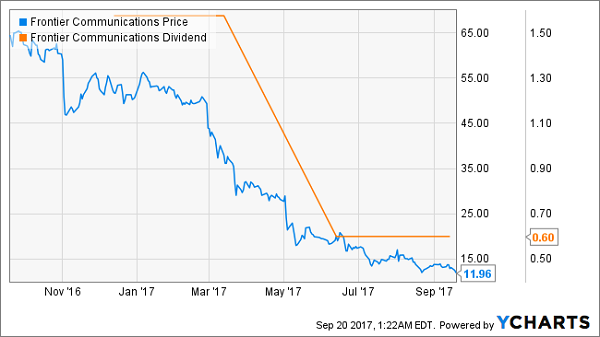If you’re a dividend fan and you spot an 18% yield, you’re going to sit up and take notice.
But your radar will also probably go up for another reason: you know outsized payouts like that pretty much always come with outsized risk too.
Which brings me to the weird funds I’m going to show you today.
Their 18% average yield masks something shocking: they’re not only dangerous but they’re not even income investments! They’re something else entirely—and if you fail to pick up on that and buy, they could blow a hole in your retirement portfolio.
Let me explain, starting with…
Where We Found These 18% Payouts
The funds I’m talking about are called exchange-traded notes (ETNs), a close cousin of exchange-traded funds (ETFs), another asset class I recommended staying clear of in a September 12 article.…
Read more


Recent Comments